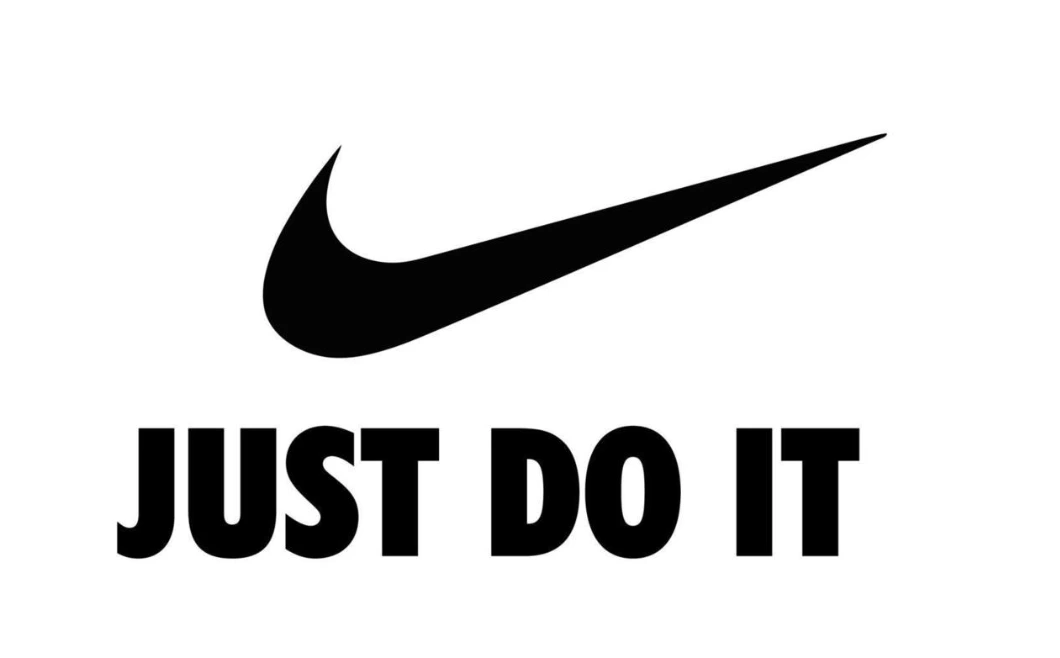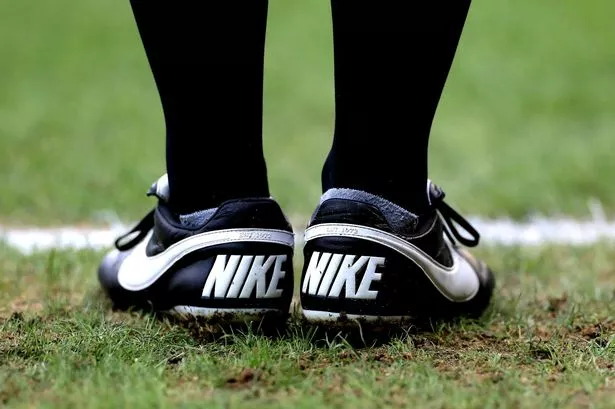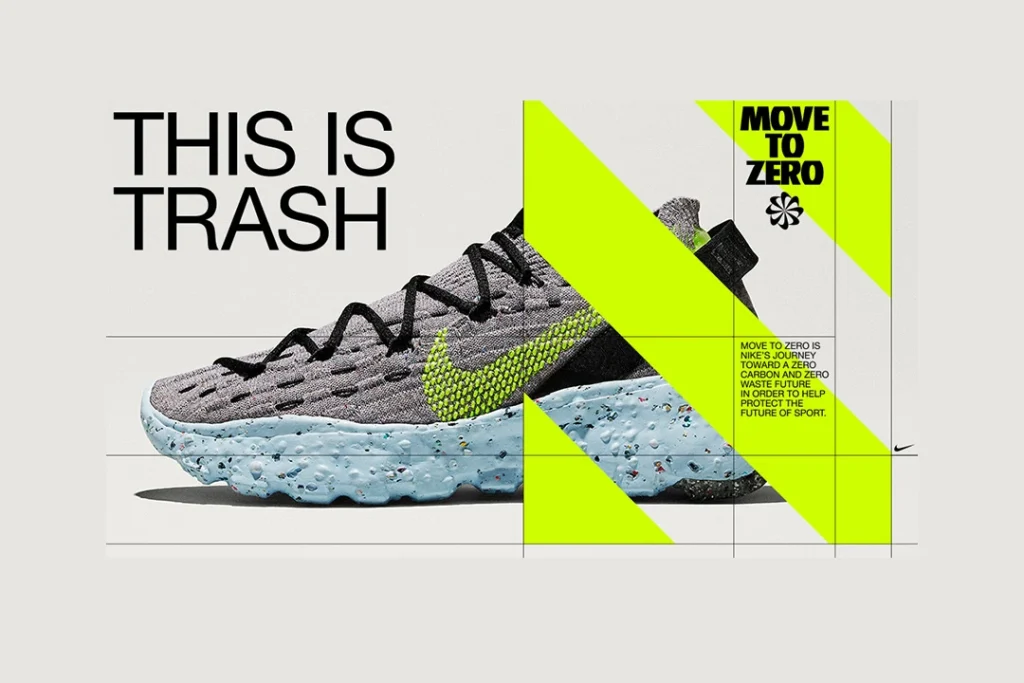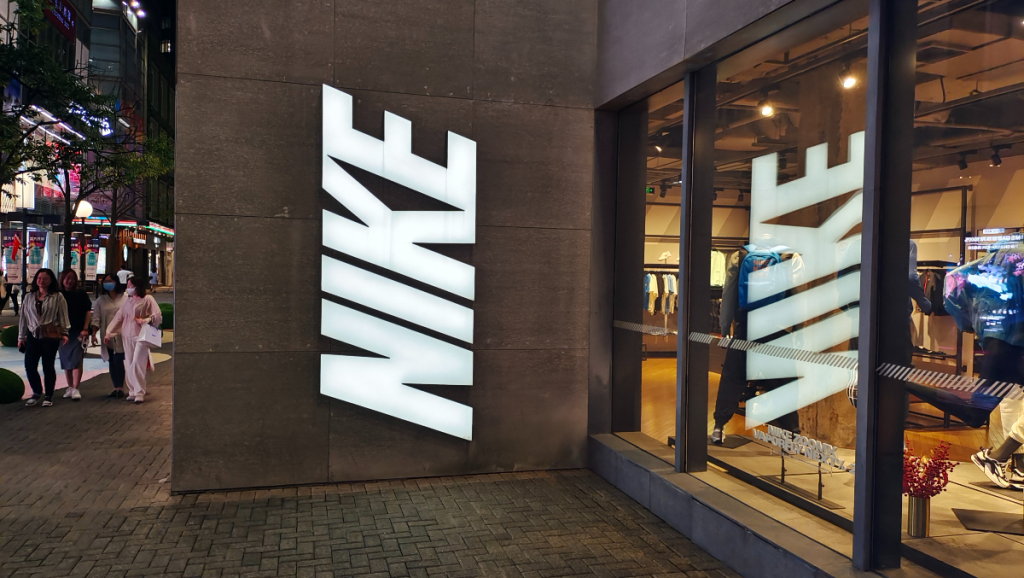
Nike Inc., one of the most iconic and influential companies in the world, is widely regarded as the epitome of innovation, athletic achievement, and corporate success. With a global market presence and billions in annual revenue, Nike has managed to cultivate a loyal customer base, attract top-tier athlete endorsements, and lead in design and cultural influence. However, beneath its surface of corporate polish and dynamic marketing lies a complex and controversial history—beginning with a story that many believe was fundamentally misrepresented. This article provides a comprehensive and factual analysis of the origins, growth, and controversies that have shaped Nike’s identity over the decades. From myth-making and branding manipulation to labor disputes and socio-political balancing, we aim to examine how the narrative of Nike’s success was carefully crafted and how those foundational decisions continue to impact its public image and internal operations today.
The Mythologized Origin of Nike: A Closer Look
Nike’s popularized founding story involves Bill Bowerman, a legendary track coach at the University of Oregon, and Phil Knight, one of his former athletes and a graduate of Stanford’s MBA program. The duo is often portrayed as two passionate visionaries who built an empire from a garage startup. However, historical records and insider accounts paint a less heroic and more calculated picture.
Originally founded as Blue Ribbon Sports in 1964, the company was not engaged in manufacturing its own products. Instead, it served as a distributor for Onitsuka Tiger, a Japanese shoe company. Much of Nike’s early growth stemmed from importing affordable, well-made shoes and selling them to the U.S. athletic market—not from inventing a new product line.
While Bowerman did experiment with running shoe design, the claim that he “invented” the modern running shoe using a waffle iron is an oversimplification. His contributions were significant, but they occurred within the framework of pre-existing designs and collaborative innovations from abroad.
The Waffle Iron Anecdote: Marketing Myth or Fact?
The most widely circulated anecdote about Nike’s innovation is that Bill Bowerman poured rubber into his wife’s waffle iron to create a revolutionary sole that offered improved traction and flexibility. This story has become a cornerstone of Nike’s brand mythology.
However, this tale has been heavily romanticized and simplified over time. While Bowerman did use the waffle pattern for inspiration, and prototypes using waffle iron molds were indeed created, the story serves more as a marketing narrative than a standalone technological breakthrough. Other competitors had experimented with similar sole structures during that era. Thus, the story functions less as historical truth and more as a symbolic origin story meant to reinforce Nike’s image as a company born out of ingenuity and grassroots experimentation.
Transition to Nike, Inc. and Strategic Narrative Engineering
In 1971, after parting ways with Onitsuka Tiger due to business disagreements, Phil Knight and his team introduced a new brand—Nike. Named after the Greek goddess of victory, the brand was launched with a logo designed by a graphic design student for just $35—the now world-famous Swoosh.
What is often overlooked is how Knight carefully re-engineered the company’s narrative from being a distributor of foreign-made shoes to an innovative American manufacturer. He leveraged the existing market knowledge and distribution channels from Blue Ribbon Sports but repositioned Nike as a cutting-edge sports brand.
Knight’s business memoir, “Shoe Dog,” while emotionally compelling, also plays a significant role in framing the Nike origin story in a way that omits key complexities and amplifies the entrepreneurial struggle, further embedding the narrative into corporate mythology.

Nike’s Ascent Through Strategic Athlete Endorsements
Nike’s trajectory shifted dramatically with the 1984 signing of Michael Jordan, a then-rookie basketball player. Nike’s team created the Air Jordan line, designed not only for performance but also for cultural symbolism. Jordan’s charisma, skill, and marketability helped Nike transcend its competition.
Behind the scenes, Jordan originally preferred Adidas, but Nike’s financial offer and commitment to personalized branding won his allegiance. This move exemplifies Nike’s deep understanding of consumer psychology and the power of identity marketing.
The Air Jordan line revolutionized sneaker culture and catalyzed Nike’s transition from a sportswear company into a global lifestyle brand. This partnership model became a blueprint for future collaborations with athletes, entertainers, and influencers.

The “Just Do It” Campaign: A Darker Inspiration
In 1988, Nike launched its now-legendary “Just Do It” campaign. The phrase became synonymous with empowerment, boldness, and determination. However, the origin of the slogan is not as wholesome as its perception.
Advertising executive Dan Wieden revealed that the line was inspired by the final words of convicted murderer Gary Gilmore before his execution: “Let’s do it.” The words were repurposed into a motivational slogan that would become one of the most recognizable taglines in advertising history.
This reveals Nike’s strategic ability to turn any narrative—no matter how dark—into compelling consumer messaging.
Ethical Controversies: Sweatshops, Labor Rights, and Globalization
As Nike expanded its global manufacturing base, the company became embroiled in multiple controversies regarding sweatshop labor conditions, particularly in Southeast Asia. Reports in the 1990s highlighted the poor treatment of factory workers in countries like Vietnam, Indonesia, and China, where wages were minimal and working conditions were substandard.
Public backlash was severe. Human rights organizations and labor unions campaigned against the brand. Nike initially denied responsibility, claiming that subcontractors, not Nike itself, were to blame for the abuses. Eventually, facing mounting pressure, Nike initiated corporate social responsibility programs and began publishing annual sustainability and labor practice reports. However, critics continue to argue that the reforms have been insufficient and largely performative, pointing out that violations still persist in some regions.

The Shift Toward Social Advocacy: Genuine Concern or Marketing Pivot?
In the 2010s, Nike began to align itself with social justice movements and progressive causes. This shift was visible in high-profile campaigns promoting gender equality, LGBTQ+ rights, and racial justice.
The most significant move came in 2018, when Nike featured Colin Kaepernick, the NFL quarterback known for kneeling during the national anthem, in a major advertisement. The campaign was both lauded and criticized, leading to widespread debate and even calls for boycotts.
Internally, Nike saw a massive surge in online engagement and product sales, suggesting that the campaign was not only culturally resonant but also commercially successful. However, critics viewed the campaign as a calculated risk meant to solidify loyalty among younger, progressive consumers, while downplaying Nike’s continued partnerships in countries with poor human rights records.
Nike and China: Economic Interests vs. Ethical Stances
Nike has faced ongoing scrutiny over its operations in China, particularly regarding the use of forced labor in Xinjiang and censorship-related business practices. While the brand has made general statements against forced labor, it has stopped short of issuing direct criticisms of the Chinese government.
Nike’s economic dependence on the Chinese market—both for manufacturing and consumer sales—explains its cautious stance. Analysts suggest that Nike, like many multinational corporations, engages in a balancing act between upholding values in Western markets while conforming to political restrictions in others.
This duality highlights the tensions between profitability and ethical consistency in global branding.

Environmental Messaging and Accusations of Greenwashing
Nike has increasingly promoted sustainability initiatives under campaigns such as “Move to Zero,” aimed at reducing carbon emissions and waste. The company boasts efforts in recycling materials, utilizing renewable energy, and introducing eco-conscious product lines.
However, environmental watchdogs and sustainability experts have accused Nike of greenwashing—creating the illusion of ecological responsibility without meaningful change. The majority of Nike’s products still rely on synthetic materials, and the company remains heavily invested in mass production models that generate significant waste.
Transparency regarding third-party suppliers and actual carbon footprint reductions remains limited, fueling skepticism about the sincerity of its sustainability claims.
Branding, Perception, and Psychological Mastery
Nike’s greatest strength lies not in its product technology or manufacturing efficiency but in its mastery of narrative control. From its earliest days, Nike has cultivated a brand identity centered around personal transformation, athletic achievement, and cultural relevance.
This psychological branding technique has been so effective that it often supersedes factual concerns. Consumers associate Nike with aspiration, not corporate responsibility. This allows the company to navigate controversies with minimal long-term damage to its reputation.
Marketing strategies such as limited edition drops, influencer partnerships, and athlete collaborations have solidified Nike’s status as a cultural institution, not just a commercial enterprise.
Is Nike Still Misleading the Public Today?
While Nike has taken steps to improve transparency and ethical practices, questions remain. Many of the company’s bold statements are accompanied by limited action, vague metrics, or temporary measures that fade after media attention subsides.
Critics argue that Nike continues to engage in selective storytelling, highlighting progressive stances in the U.S. while avoiding responsibility in less visible international contexts.The evolution of Nike from myth to mega-brand was fueled as much by perception as by practice. And in the information age, the battle for public trust is increasingly fought on the ground of strategic communication, not operational truth.

Conclusion: A Dual Legacy of Inspiration and Deception
Nike’s journey from a small distributor to a global powerhouse is one of the most compelling stories in modern business history. But it is also a story that raises critical ethical and philosophical questions.
Was Nike truly built on a lie? The evidence suggests that while the company did not invent its early innovations outright, it skillfully shaped a myth that resonated globally. It built an empire on narrative craftsmanship—an empire that continues to thrive despite numerous controversies.
Ultimately, Nike exemplifies the power of branding over truth, and the lasting impact of corporate storytelling in shaping global perceptions.


